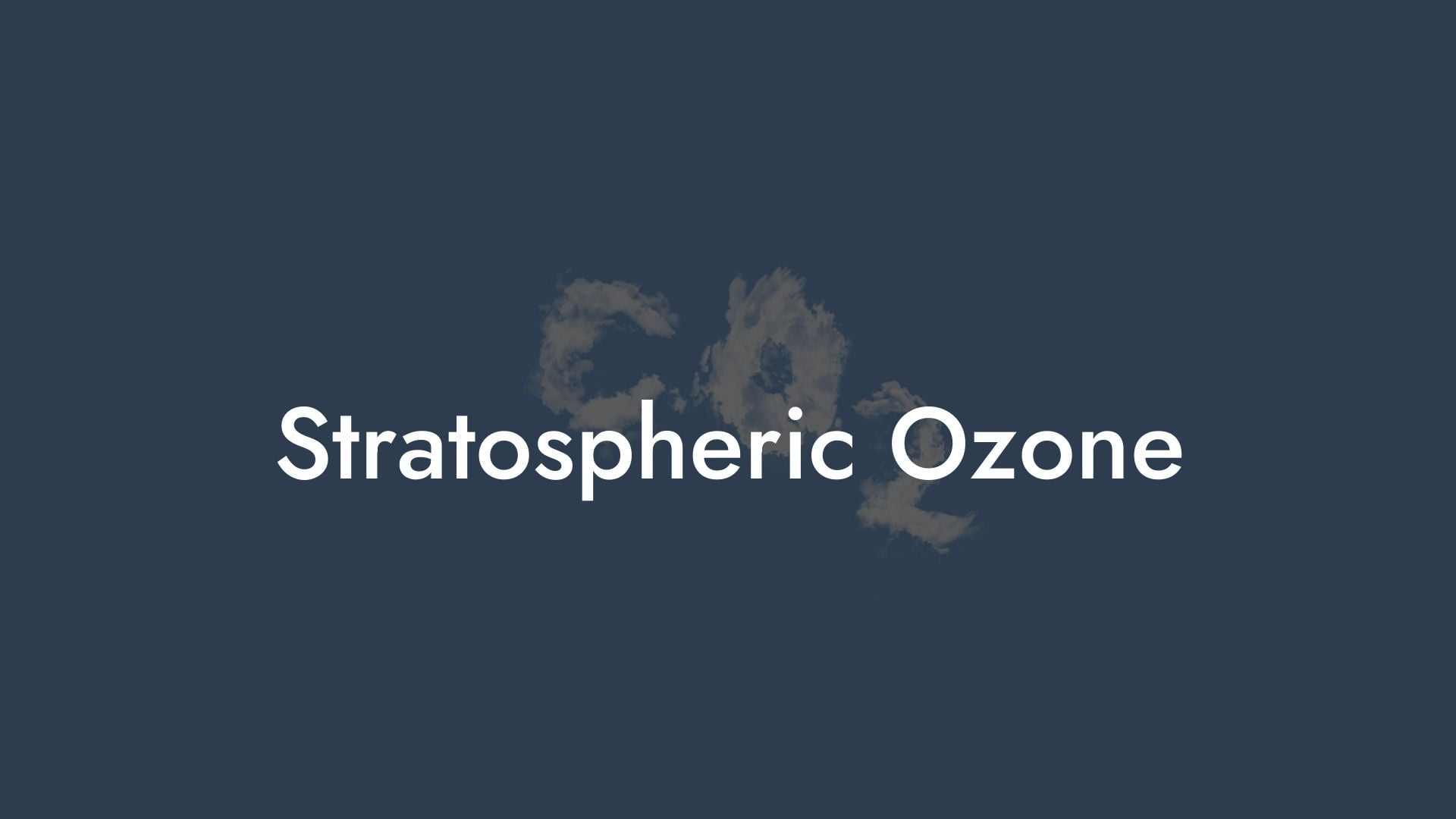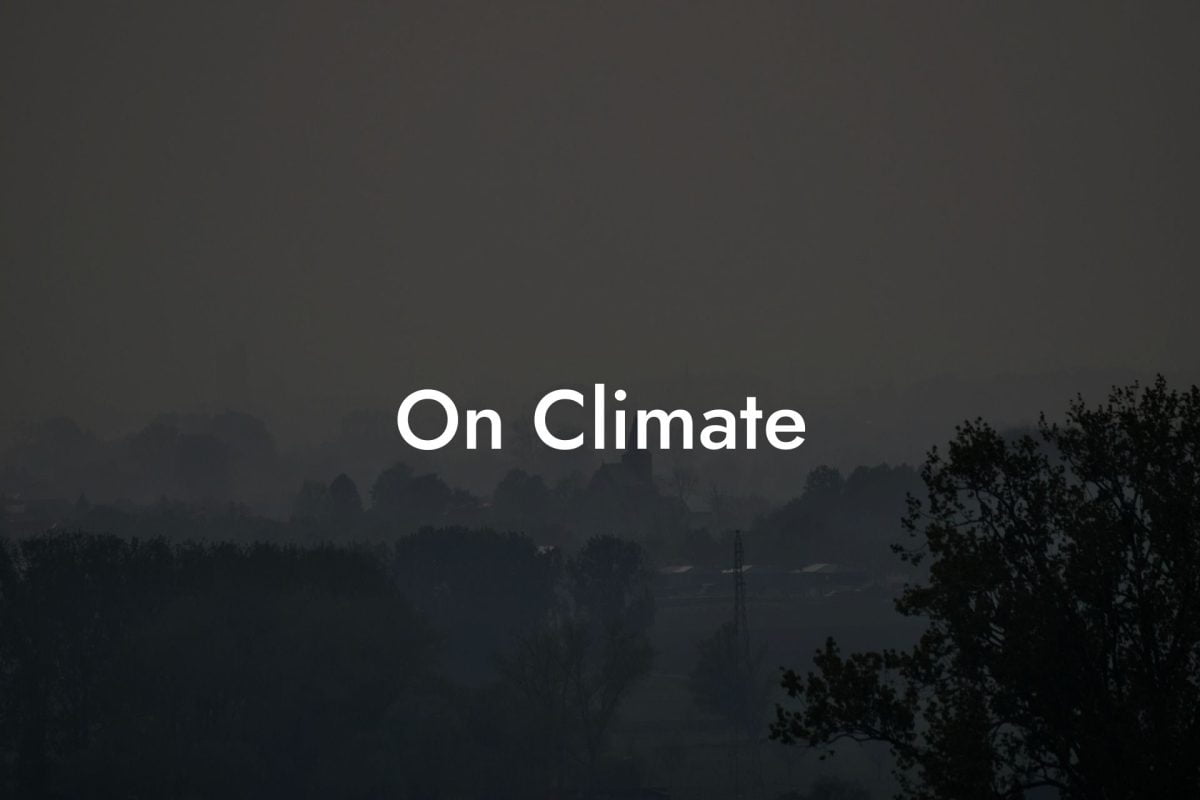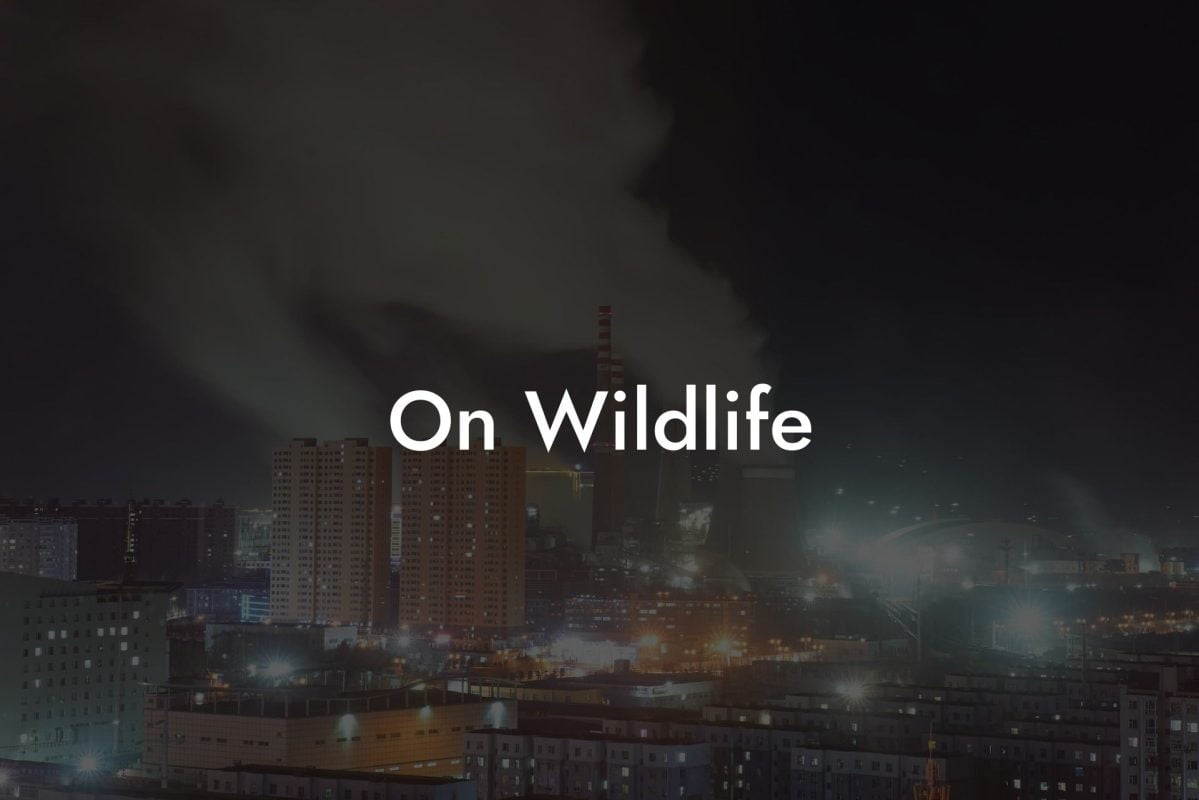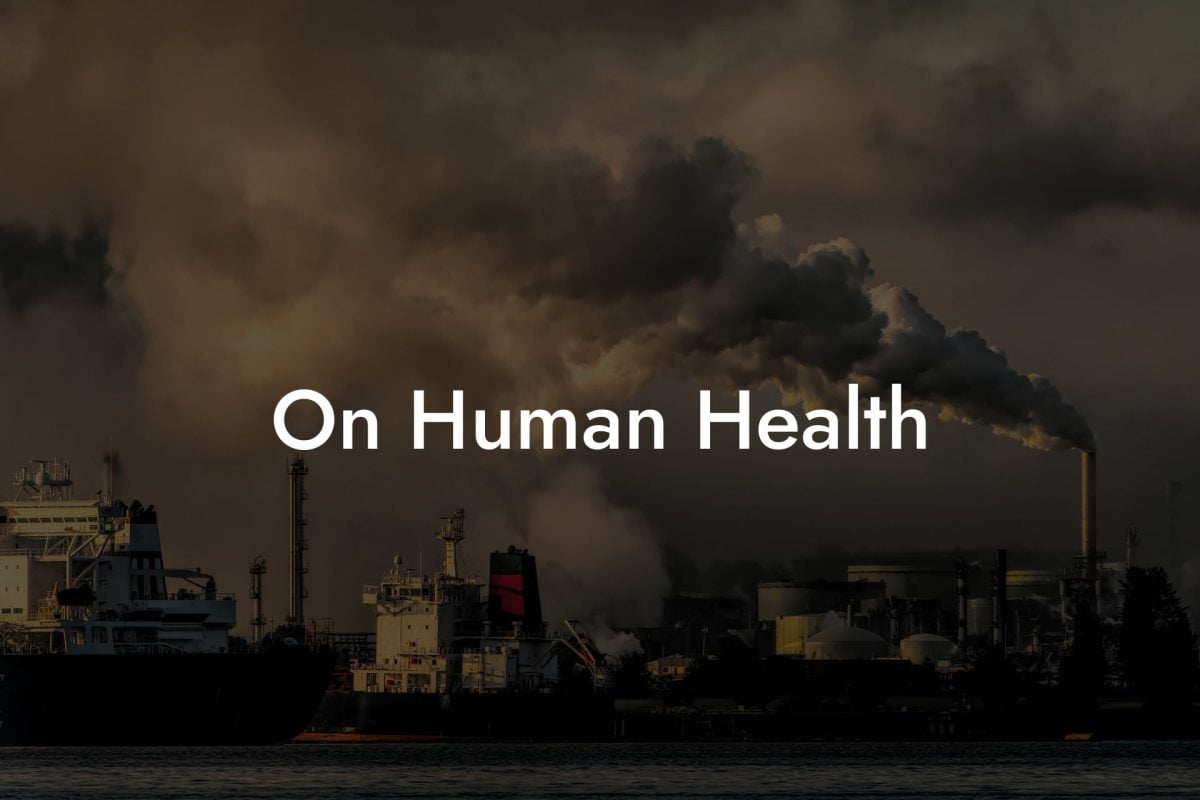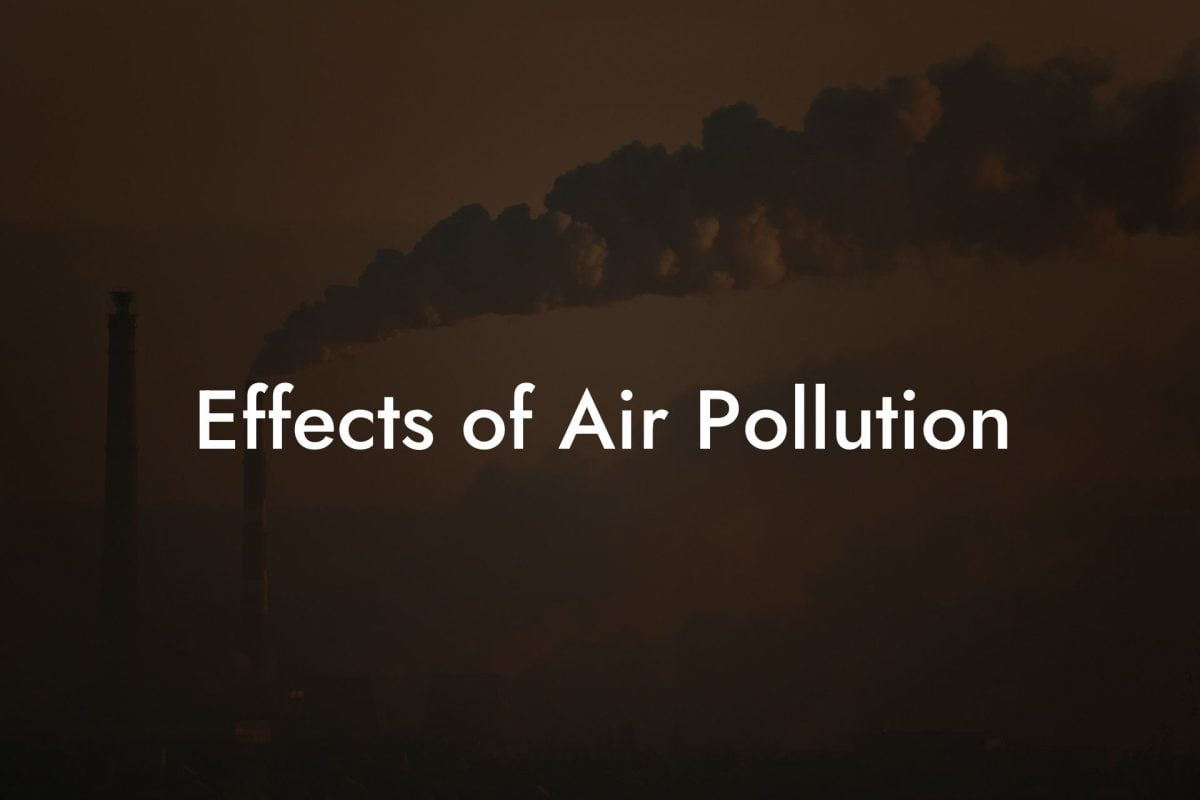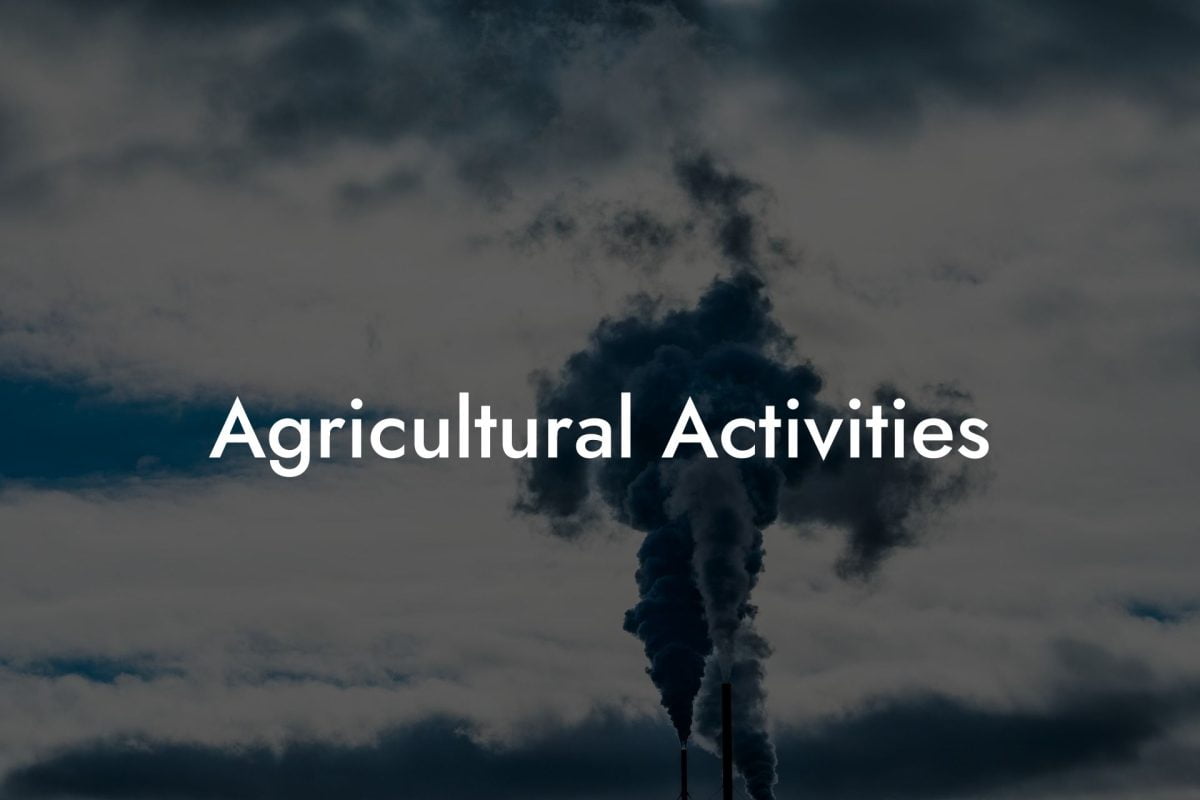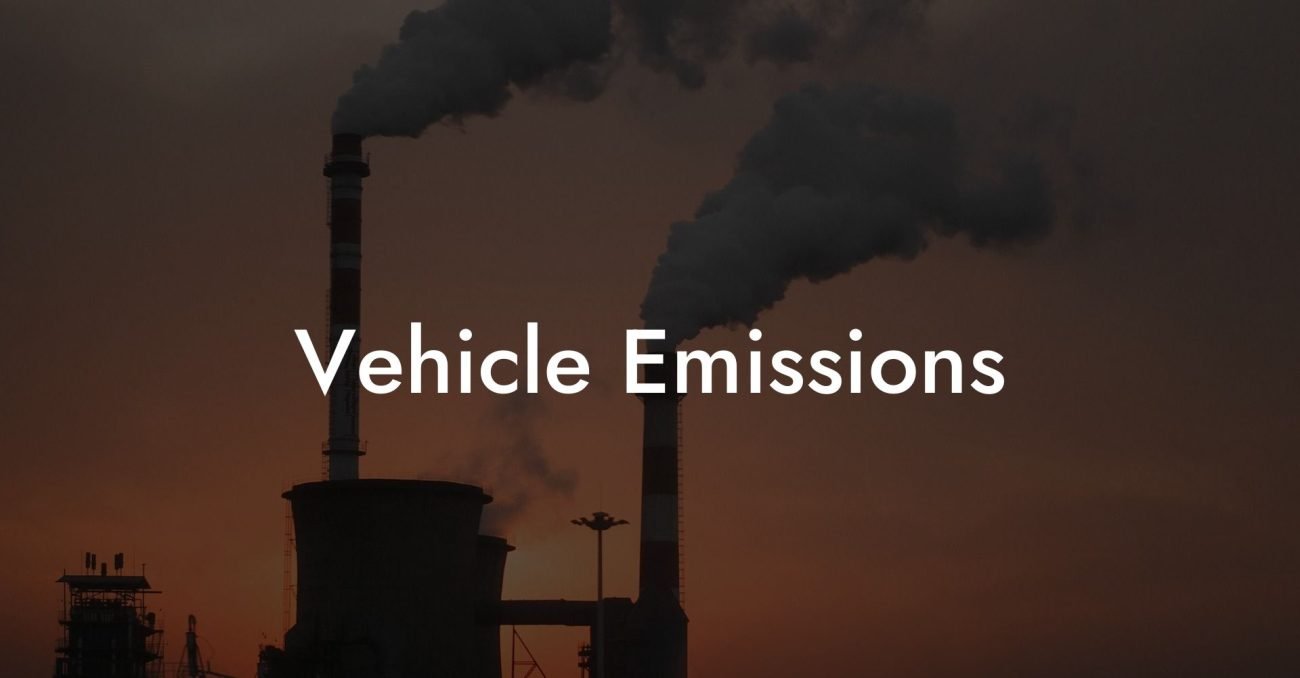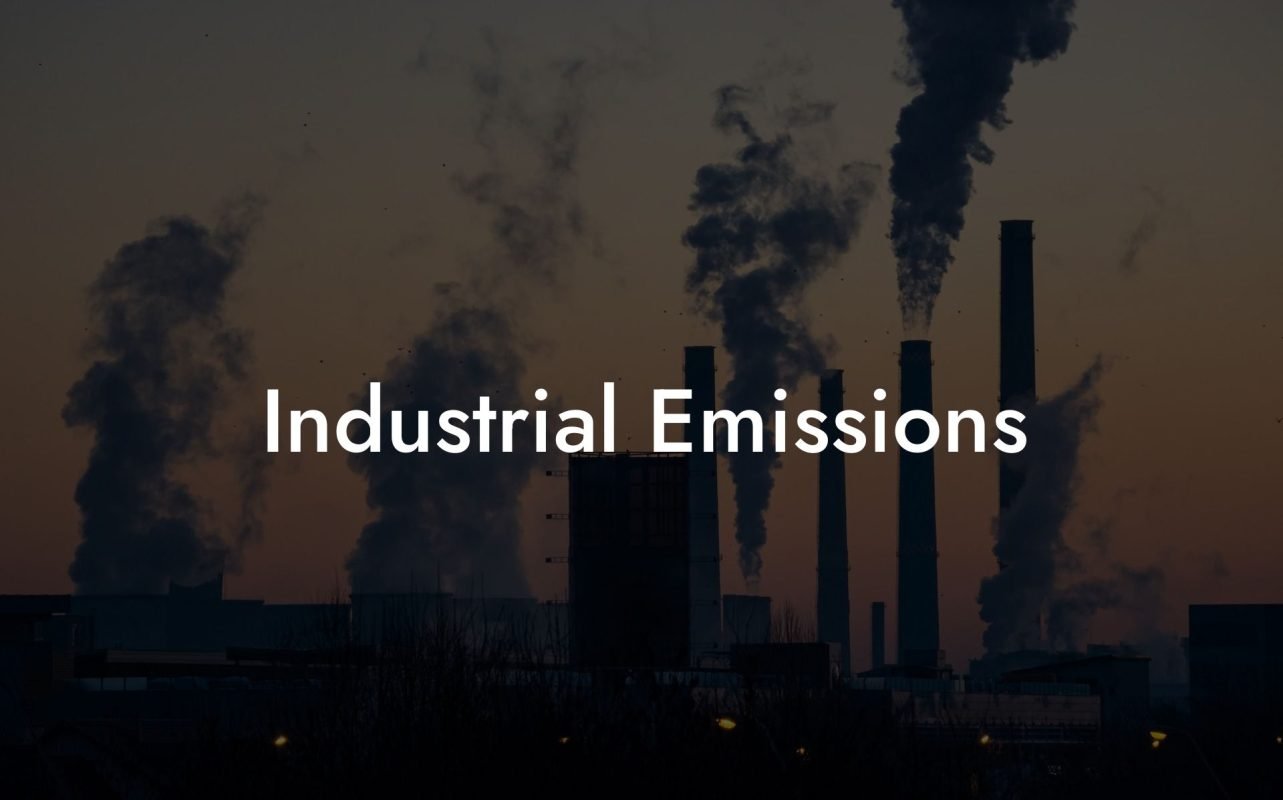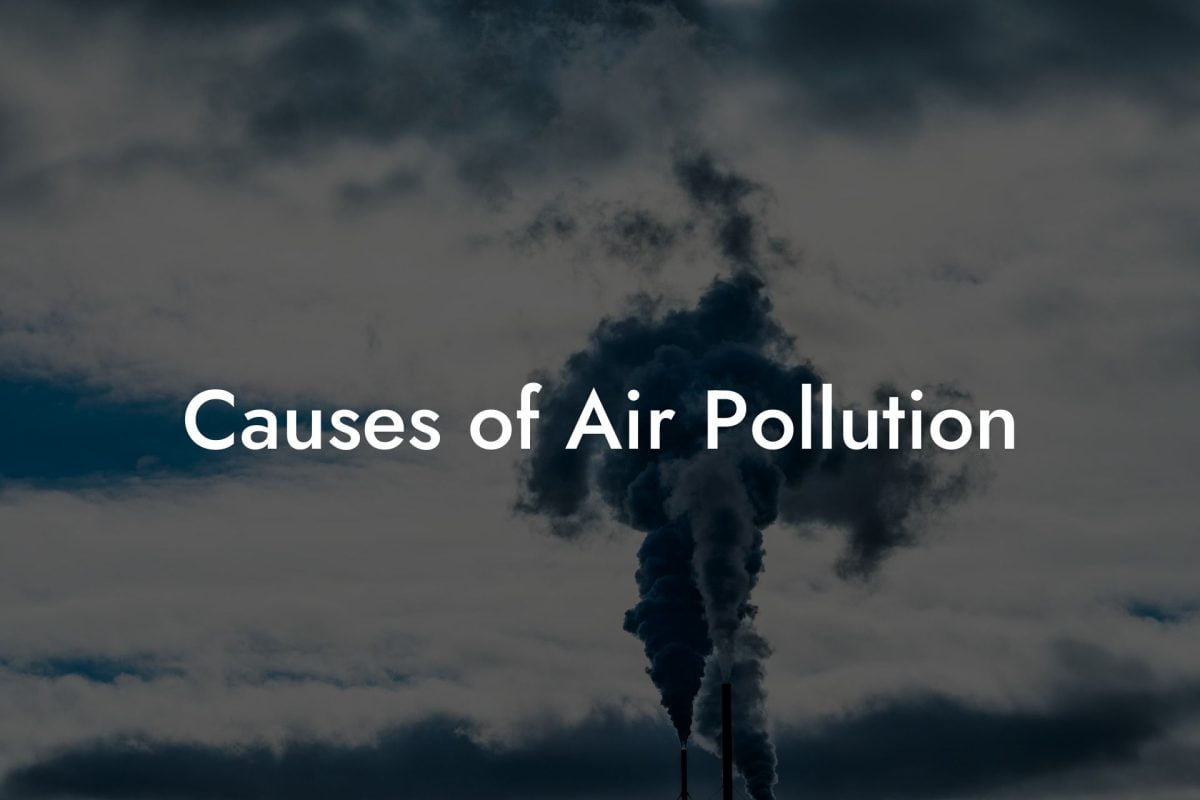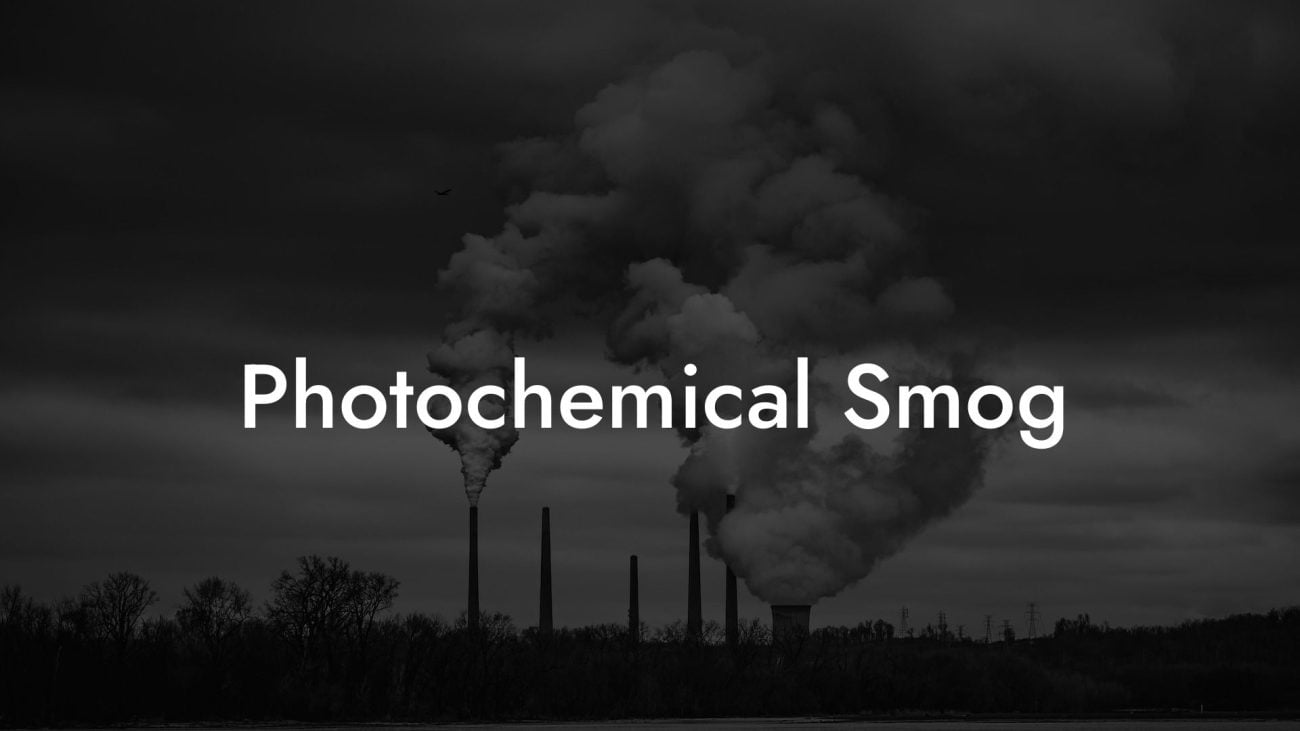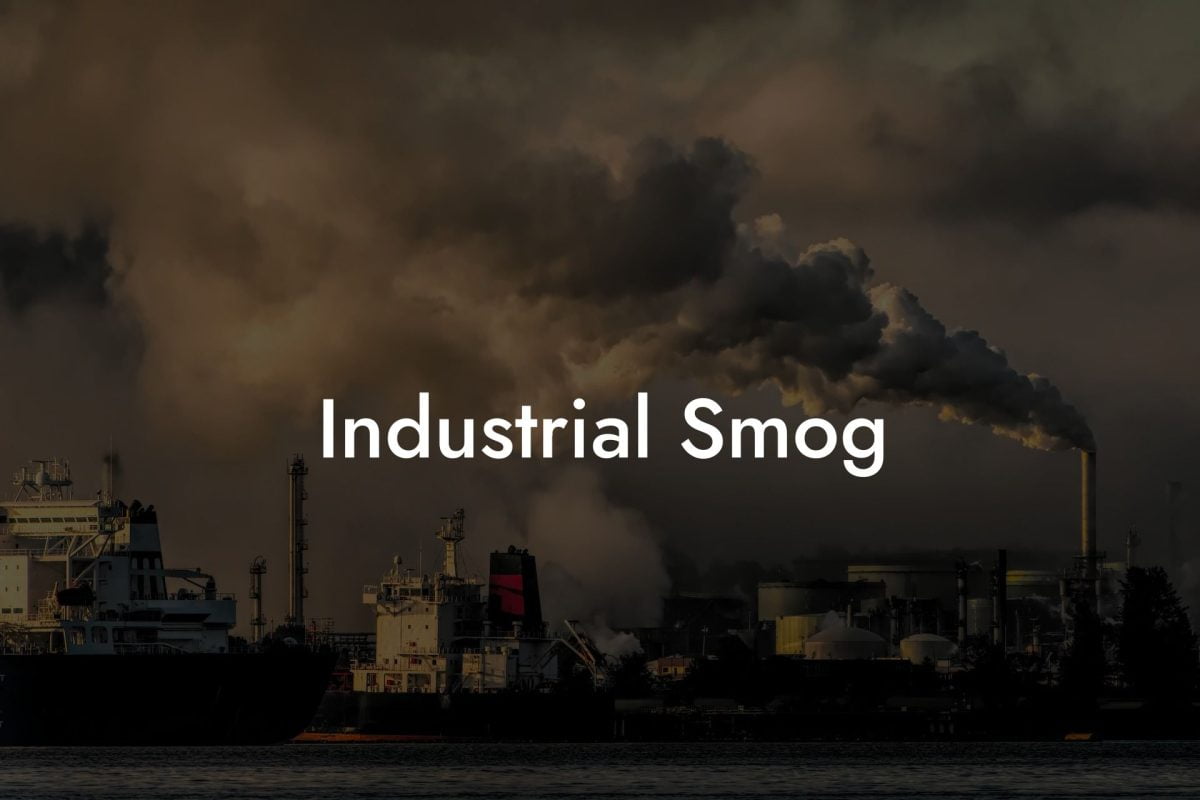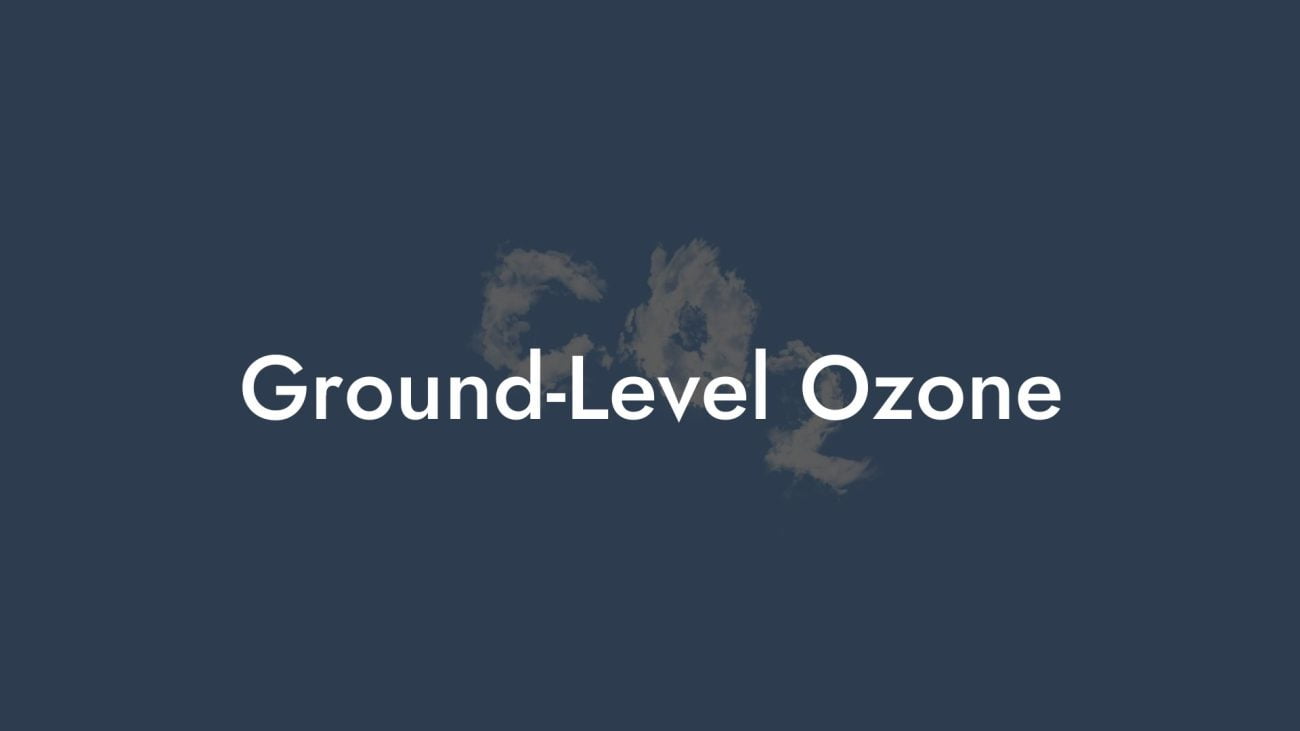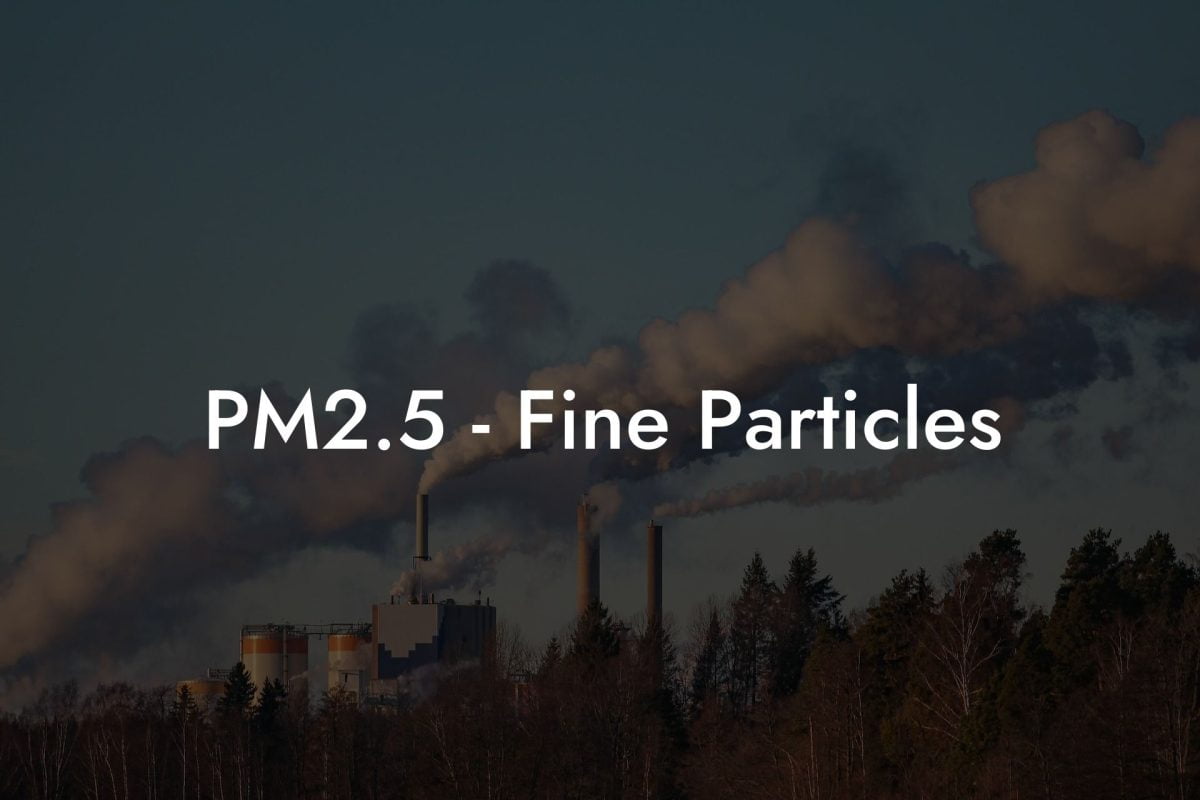Introduction to Stratospheric Ozone
Stratospheric ozone, located in the Earth's upper atmosphere, plays a crucial role in protecting life on our planet. Different from ground-level ozone, which is a pollutant, stratospheric ozone forms a layer that shields the Earth from the Sun's harmful ultraviolet (UV) radiation.
The Ozone Layer
The ozone layer is situated in the stratosphere, approximately 10 to 50 kilometers above the Earth's surface. This layer absorbs and scatters the majority of the Sun's high-energy UV radiation.
Natural Production
Ozone in the stratosphere is formed naturally by the action of solar UV radiation on oxygen molecules (O2), causing them to split into individual oxygen atoms. These atoms then combine with unbroken O2 molecules to form ozone (O3).
Importance of the Ozone Layer
Protection from Ultraviolet Radiation
The primary importance of the stratospheric ozone layer is its ability to absorb most of the Sun's harmful UVB radiation, which is potentially damaging to life forms.
Impact on Life
Without the ozone layer, increased levels of UVB radiation would reach the Earth's surface, leading to higher instances of skin cancer, cataracts, and other health issues in humans, as well as affecting wildlife and ecosystems.
Threats to the Ozone Layer
Chlorofluorocarbons (CFCs)
CFCs, once commonly used in refrigerants and aerosol sprays, are a major cause of ozone depletion. When CFCs reach the stratosphere, they release chlorine atoms through photodissociation, which then deplete ozone molecules.
Other Ozone-Depleting Substances (ODS)
Substances like halons, carbon tetrachloride, and methyl chloroform also contribute to stratospheric ozone depletion.
Monitoring Stratospheric Ozone
Satellite Observations
Satellites equipped with ozone-monitoring instruments provide comprehensive data on the state of the ozone layer.
Ground stations across the world measure stratospheric ozone and its precursors, adding to our understanding of ozone dynamics.
Efforts to Protect the Ozone Layer
The Montreal Protocol
The Montreal Protocol, an international treaty signed in 1987, has been successful in phasing out the production and consumption of ODS, leading to significant recovery of the ozone layer.
Ongoing Research and Policy
Scientific research and policy efforts continue to monitor and ensure the recovery of the ozone layer.
Stratospheric Ozone and Climate Change
Interaction with Greenhouse Gases
The interplay between stratospheric ozone and greenhouse gases is complex, as both influence Earth's climate system.
Impact on Global Warming
Changes in stratospheric ozone can affect atmospheric temperature distributions and wind patterns, influencing global climate change.
Stratospheric Ozone: The UK Perspective
UK's Role in Ozone Layer Protection
The UK has been an active participant in global efforts to protect the ozone layer, adhering to and promoting the protocols and regulations of the Montreal Protocol.
Research Contributions
The UK contributes to scientific research on stratospheric ozone through various institutes and collaborations.
UK Air Pollution: Your Source for Comprehensive Atmospheric Data
In-Depth Information on Atmospheric Conditions
UK Air Pollution offers extensive data on various aspects of atmospheric science, including information related to stratospheric ozone.
Why UK Air Pollution?
Our platform provides a detailed, accessible, and engaging approach to understanding atmospheric phenomena, serving researchers, educators, policymakers, and the environmentally conscious public.
Enhancing Knowledge and Environmental Initiatives
Leverage UK Air Pollution for valuable insights into stratospheric ozone and its global and regional impacts, supporting your environmental research and conservation projects.
Frequently Asked Questions
What is Stratospheric Ozone?
Stratospheric ozone, often referred to as the ozone layer, is a layer of ozone molecules located in the Earth's stratosphere. It plays a crucial role in protecting life on Earth from the Sun's harmful ultraviolet radiation.
Where is the Ozone Layer Located?
The ozone layer is located in the stratosphere, a layer of the Earth's atmosphere that starts about 10 kilometers (6 miles) above the Earth's surface and extends up to about 50 kilometers (31 miles) altitude.
Why is the Ozone Layer Important?
The ozone layer is important because it absorbs and scatters a significant portion of the Sun's ultraviolet (UV) radiation, particularly the harmful UV-B and UV-C rays, thereby protecting living organisms on Earth.
How is Stratospheric Ozone Formed?
Stratospheric ozone is formed when oxygen molecules (O2) are broken down by the Sun's ultraviolet radiation into single oxygen atoms, which then combine with unbroken O2 molecules to form ozone (O3).
What are the Effects of UV Radiation on Human Health?
Increased exposure to UV radiation can lead to skin cancer, cataracts, and other eye diseases, and can also suppress the immune system, increasing vulnerability to infectious diseases.
What Causes Ozone Depletion in the Stratosphere?
Ozone depletion is primarily caused by human-made chemicals called ozone-depleting substances (ODS), including chlorofluorocarbons (CFCs), halons, and other related chemicals.
What Was the Montreal Protocol?
The Montreal Protocol is an international treaty agreed upon in 1987 to phase out the production and consumption of ozone-depleting substances. It has been successful in reducing global ozone depletion.
How Does Ozone Depletion Affect the Environment?
Ozone depletion affects the environment by allowing more UV radiation to reach the Earth's surface, which can harm aquatic ecosystems, reduce crop yields, and impact the health of various species.
Can the Ozone Layer Recover?
Yes, the ozone layer can recover, and it has been gradually healing thanks to the global reduction of ozone-depleting substances under the Montreal Protocol. Complete recovery is expected by the middle of the 21st century.
What is the Current State of the Ozone Layer?
As of recent years, the ozone layer has been showing signs of recovery, but it is still vulnerable to potential threats, including unregulated emissions of certain chemicals.
How is Stratospheric Ozone Monitored?
Stratospheric ozone is monitored using satellite-based instruments, ground-based observations, and weather balloons equipped with ozone-measuring devices.
What are CFCs and How Do They Affect the Ozone Layer?
Chlorofluorocarbons (CFCs) are synthetic compounds that were widely used in refrigeration, air conditioning, and aerosol propellants. They contribute to ozone depletion by releasing chlorine atoms in the stratosphere.
What is an Ozone Hole?
An ozone hole refers to an area of significantly depleted ozone in the stratosphere, most notably over the Antarctic, observed each spring since the early 1980s.
How Do Volcan
ic Eruptions Affect Stratospheric Ozone? Volcanic eruptions can impact stratospheric ozone by injecting large amounts of particles and gases into the stratosphere, which can lead to chemical reactions that deplete ozone.
What is the Difference Between Good and Bad Ozone?
'Good' ozone refers to stratospheric ozone that protects life on Earth from ultraviolet rays. 'Bad' ozone is ground-level ozone, a harmful air pollutant that forms from emissions near the Earth's surface.
Can Airplanes Affect the Ozone Layer?
Yes, high-flying aircraft release nitrogen oxides directly into the stratosphere, which can contribute to ozone depletion, although the impact is significantly less than that of ODS.
What Are the Health Risks of Increased UV Exposure Due to Ozone Depletion?
Increased UV exposure due to ozone depletion can lead to higher risks of skin cancers, cataracts, and other eye diseases, as well as weakened immune systems.
How Does Ozone Depletion Affect Climate Change?
Ozone depletion and climate change are interlinked. Changes in the ozone layer can affect atmospheric temperature profiles and wind patterns, influencing global climate systems.
What Are Halons and Their Impact on the Ozone Layer?
Halons are chemicals used in fire extinguishers that are potent ozone-depleting substances. Like CFCs, they release chlorine and bromine atoms in the
stratosphere, which catalyze the breakdown of ozone molecules.
How Does Ozone Depletion Affect Agriculture?
Increased UV radiation due to ozone depletion can harm crops, affecting growth, development, and yield. It can also impact the quality and nutritional value of agricultural products.
What Steps Can Individuals Take to Protect the Ozone Layer?
Individuals can contribute by avoiding products containing ozone-depleting substances, using eco-friendly refrigerants, supporting sustainable practices, and staying informed about environmental policies.
Are There Alternatives to Ozone-Depleting Substances?
Yes, there are several environmentally friendly alternatives to ozone-depleting substances, including hydrofluorocarbons (HFCs), although these may still contribute to global warming.
What Is the Link Between Ozone Depletion and Skin Diseases?
Increased exposure to UV radiation due to ozone depletion elevates the risk of skin diseases, particularly skin cancer, and accelerates skin aging.
How Can Public Awareness Help in Ozone Layer Protection?
Public awareness is crucial in understanding the importance of the ozone layer, supporting legislation and products that protect it, and adopting lifestyles that minimize ozone-depleting activities.
What Role Do Governments Play in Ozone Layer Protection?
Governments play a key role through policies and regulations that phase out the production and use of ozone-depleting substances and promote research and public education on ozone layer protection.
How Does Ozone Depletion Affect Animals and Marine Life?
Increased UV radiation can harm terrestrial and aquatic ecosystems, affecting the health, reproduction, and development of animals and marine life.


